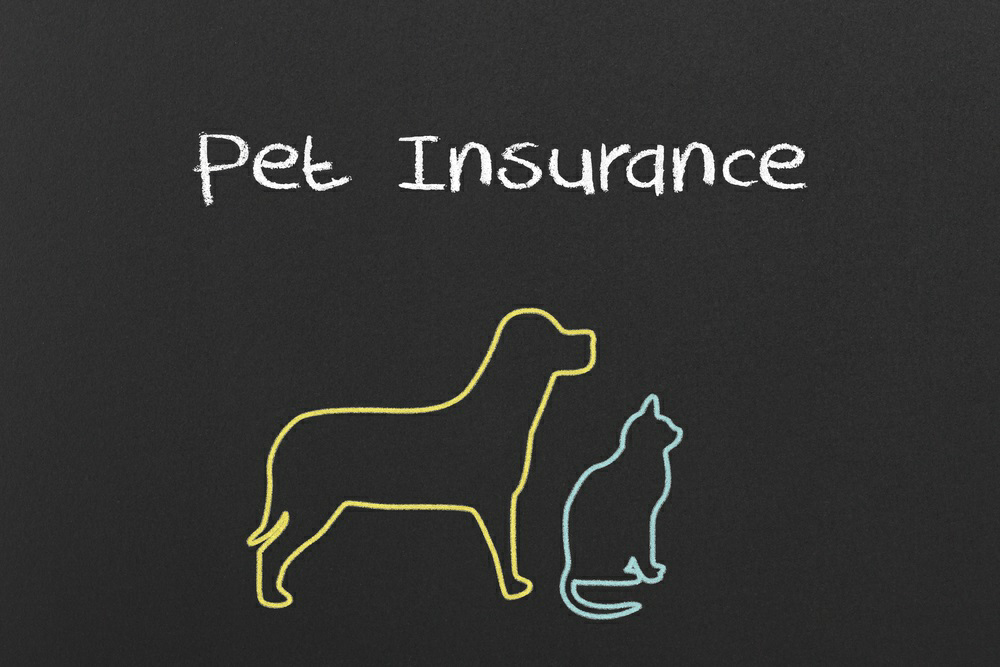In today's world, pets have become integral members of our families, offering companionship, joy, and unwavering loyalty. However, just like human family members, pets can also experience unexpected health issues and accidents that require medical attention.
This is where pet insurance steps in as a valuable resource, helping pet owners manage the financial burden of veterinary care. This article delves into the concept of pet insurance, its various types, the benefits it offers, and the potential disadvantages to consider.
Understanding Pet Insurance
Pet insurance is a specialized form of insurance that covers a portion of the medical expenses associated with caring for pets. It provides financial assistance for veterinary treatments, surgeries, medications, and other healthcare costs that may arise due to accidents, injuries, or illnesses.
Just as health insurance for humans offers a safety net for medical expenses, pet insurance aims to ensure that our beloved animal companions receive the necessary medical attention without placing undue strain on our wallets.
Types of Pet Insurance
Pet insurance comes in several varieties, each tailored to different needs and budgets:
1. Accident-Only Coverage: This type of coverage focuses solely on medical expenses resulting from accidents. It typically includes treatments for injuries sustained in incidents such as car accidents, falls, or accidental ingestion of harmful substances.
2. Accident and Illness Coverage: A step beyond accident-only coverage, this type encompasses both accidents and illnesses. It provides financial assistance for a broader range of medical conditions, including infections, chronic illnesses, and hereditary issues.
3. Comprehensive Coverage: This is the most extensive and inclusive type of pet insurance. It covers not only accidents and illnesses but may also include preventive care, vaccinations, routine check-ups, and even behavioral treatments. Comprehensive coverage offers a holistic approach to pet care, ensuring that both immediate health concerns and long-term well-being are addressed.
Benefits of Pet Insurance
1. Financial Security: One of the primary benefits of pet insurance is the financial security it provides. When unexpected medical expenses arise, such as emergency surgeries or specialized treatments, pet insurance helps alleviate the burden of high veterinary bills.
2. Access to Quality Care: With pet insurance, pet owners can confidently seek out the best available veterinary care without worrying about the cost. This ensures that pets receive prompt and appropriate medical attention, leading to better health outcomes.
3. Peace of Mind: Pet owners often form deep emotional bonds with their animals. Knowing that they have pet insurance gives them peace of mind, as they can make decisions based on their pets' health needs rather than financial constraints.
4. Preventive Care: Some pet insurance plans include coverage for preventive care, such as vaccinations, wellness exams, and dental cleanings. This encourages regular check-ups and proactive healthcare, promoting long-term pet health.
Disadvantages of Pet Insurance
1. Cost of Premiums: While pet insurance can offer financial relief in times of need, it comes at a cost. Monthly premiums can add up over time, and some owners might end up paying more in premiums than they would for occasional veterinary visits.
2. Pre-Existing Conditions: Many pet insurance policies exclude coverage for pre-existing conditions—health issues that exist before obtaining insurance. This can be a drawback for pets with chronic illnesses or conditions diagnosed before getting coverage.
3. Coverage Limits and Exclusions: Some pet insurance plans have limitations on coverage, including caps on the amount reimbursed per incident or annually. Certain treatments, procedures, or breeds might also be excluded from coverage.
4. Claim Denials: Pet insurance claims can occasionally be denied due to specific circumstances, leading to frustration for pet owners who expected coverage. This can occur due to incomplete documentation, misunderstandings about policy terms, or certain treatments not meeting coverage criteria.
Choosing the Right Pet Insurance
When considering pet insurance, it's essential to research and compare different plans to find the one that best aligns with your pet's needs and your financial situation.
Read policy documents carefully to understand coverage limits, exclusions, waiting periods, and reimbursement percentages. It's also worth considering your pet's age, breed, and potential health risks when choosing a plan.
Conclusion
In conclusion, pet insurance serves as a valuable tool for safeguarding the health and well-being of our cherished animal companions. It offers financial security, access to quality care, and peace of mind, allowing pet owners to focus on nurturing their pets' health.
However, potential downsides such as premium costs, pre-existing condition exclusions, and claim complexities should also be weighed before making a decision. Ultimately, the choice to invest in pet insurance is a personal one that depends on your pet's individual needs and your commitment to their long-term health and happiness.

